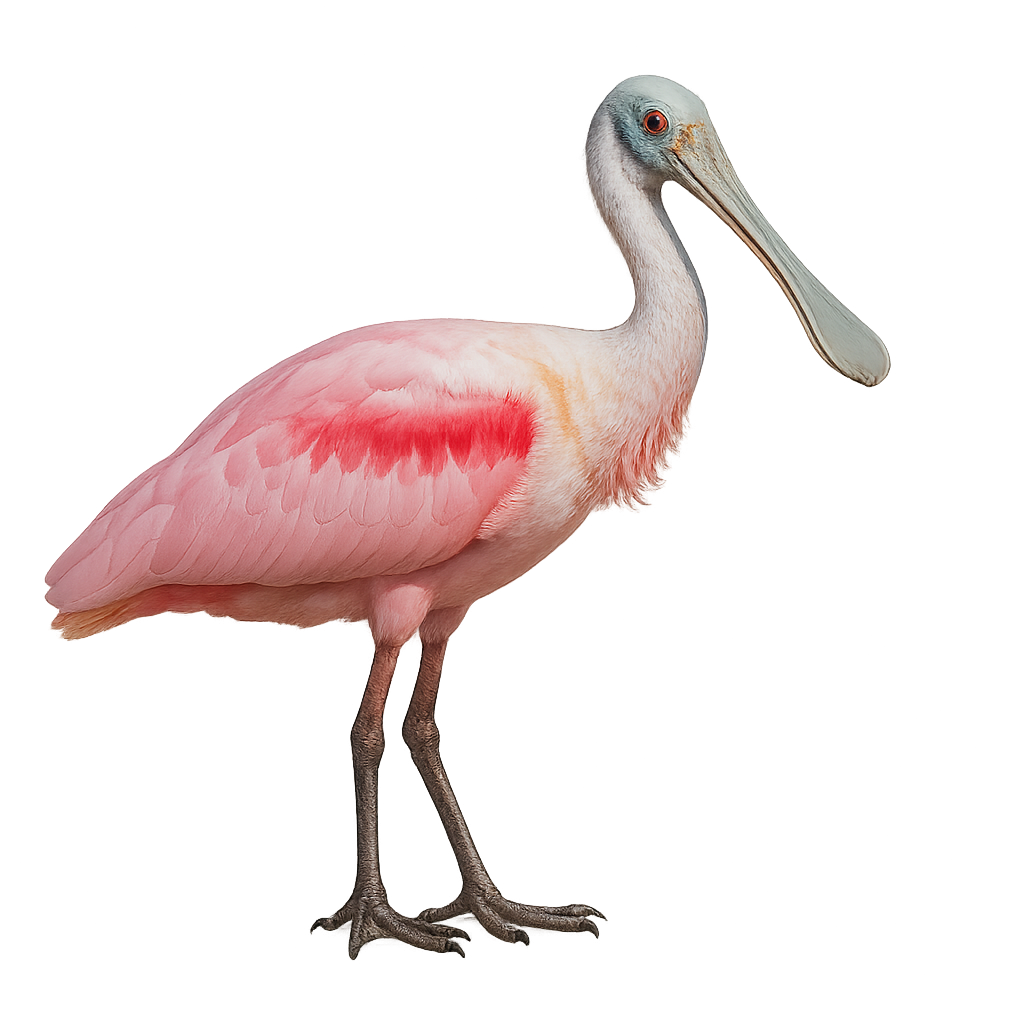Observe and photograph a species in its natural habitat
Learn where and when to observe a species in the wild, how to recognize it in the field, and what habitats it lives in. Get photography tips adapted to its behavior and capture stunning images without disturbing the animal. For full details, open the complete profile in the WildlifePhotographer app.
Roseate Spoonbill
Scientific name: Platalea ajaja

IUCN Status: Least Concern
Family: THRESKIORNITHIDAE
Group: Birds
Shyness: Not very shy
Safe distance: 30 m
Breeding season / Courtship: 01.03-30.04
Gestation: 22 à 24 jours
Births: 01.04-15.05
Habitat:
Coastal marshes, mangroves, lagoons, estuaries
Description:
The Roseate Spoonbill is a large wading bird with striking pink plumage, measuring between 71 and 86 cm in length and a wingspan of 120 to 135 cm. Its long, spatula-shaped bill is used to sweep shallow waters side to side in search of prey. Adults have a greenish bare head, white neck and back, and vivid pink wings with carmine highlights. Juveniles are paler, with a feathered head and lighter pink plumage. This species feeds primarily on small fish, crustaceans, and aquatic insects, captured by filtering mud in wetlands. It inhabits coastal marshes, mangroves, lagoons, and estuaries from the southern United States to South America. Although listed as Least Concern by the IUCN, the Roseate Spoonbill remains vulnerable to habitat degradation, particularly due to pollution and loss of wetlands.
Recommended lens:
>=300 mm
Photography tips:
Use a telephoto lens to capture the Roseate Spoonbill feeding in shallow waters. Opt for early morning or late afternoon light to highlight the pink hues of its plumage. Remain discreet to avoid disturbing its natural behavior.
Ready to take action?
Choose your platform and start your free trial today



